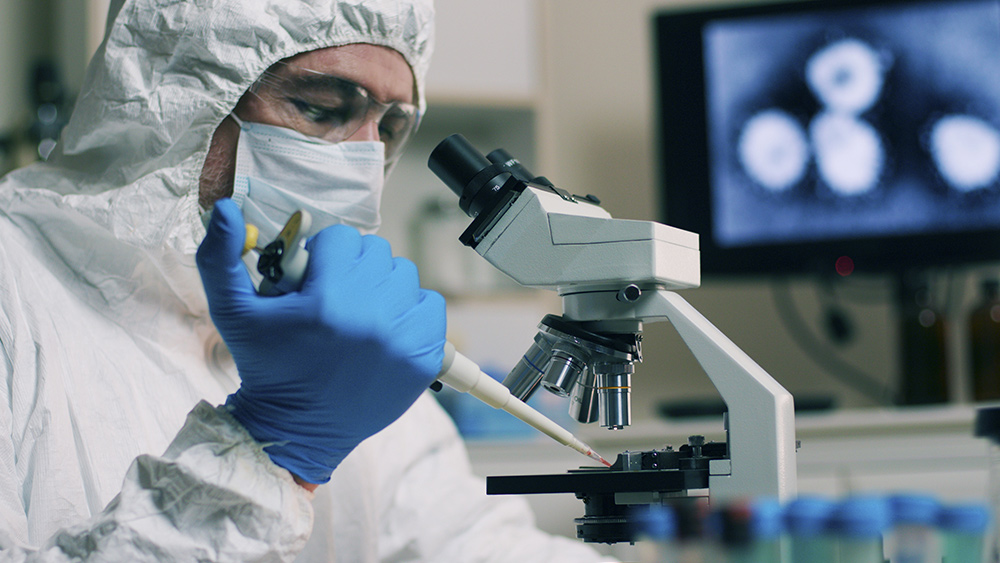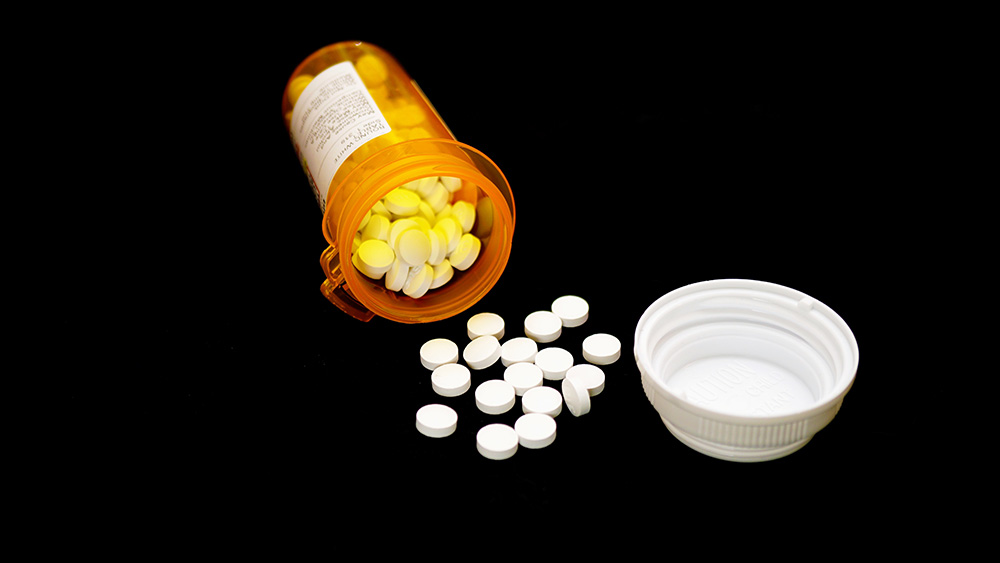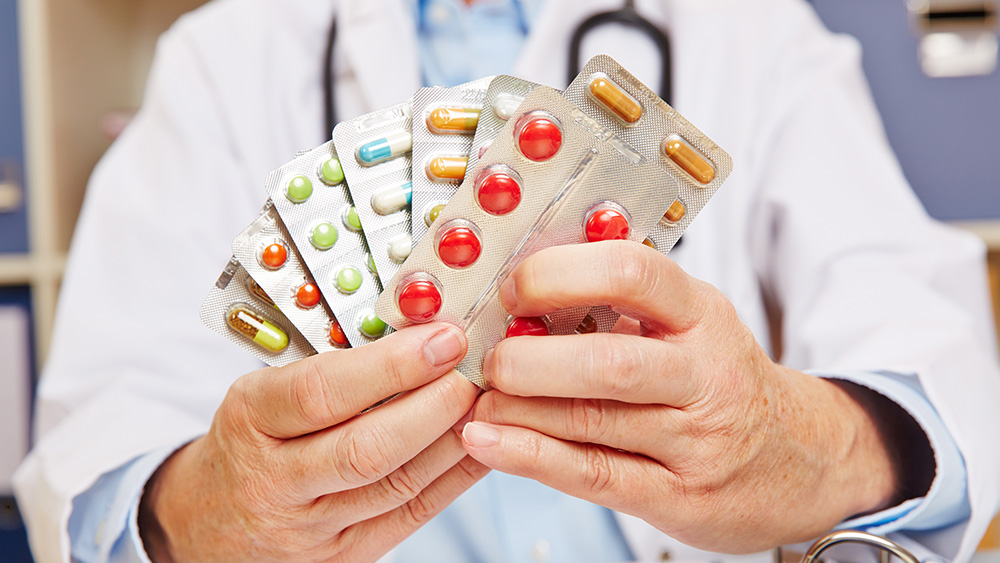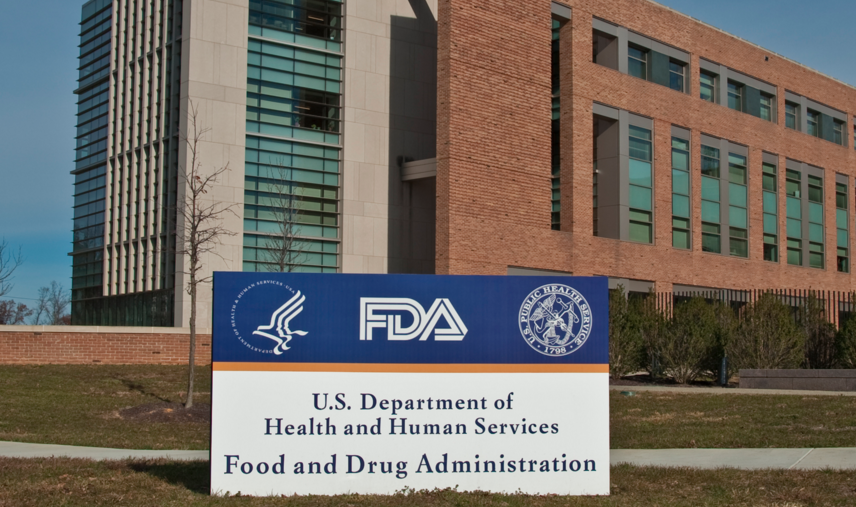Speed over accuracy: Public health experts lean towards fast results for COVID-19 testing, abandoning accuracy
09/10/2020 / By Ramon Tomey

Fast and frequent testing over accurate one-time tests with long waiting periods: This is what a number of public health experts have been saying in response to issues in coronavirus testing. Meanwhile, companies are racing to create COVID-19 diagnostic tests that are easier to use, more affordable, and display results quicker.
Most COVID-19 diagnostic tests in the U.S. involve the use of the rt-PCR method, which searches for the virus’ genetic material from DNA samples swabbed from the nose and throat of an individual and amplifies it. This method is incredibly sensitive, but is expensive and often involves shipping samples from a testing site to a laboratory for processing.
Demand for coronavirus testing overwhelmed the major U.S. commercial laboratories in July, delaying results for days or even weeks at a time.
In response, the Food and Drug Administration has authorized four antigen-based tests that search for viral proteins. Companies who make antigen-based COVID-19 tests have vowed to produce more of these in the coming months.
COVID-19 tests that do not require processing in a laboratory tend to be less sensitive than ones that do, but repeated testing can make up for any loss of sensitivity, according to public health experts. Furthermore, a shorter turn-around time for COVID-19 test results allows authorities to quickly identify and isolate persons who are highly infectious.
In addition, frequent testing catches any cases that might have made it past initial testing, while a highly accurate test with a long waiting period gives more time for the virus to spread. According to Sherlock Biosciences co-founder and Mass. General Brigham Center for COVID Innovation co-leader David Walt: “If you wait a week, it’s too late.”
A new kind of COVID-19 test is needed, but will it be accurate?
Public health experts also mentioned that a shift to cheaper and more frequent testing among asymptomatic individuals is key to identifying highly infectious individuals. However, this would involve making a distinction between the kinds of testing done – either for patient diagnosis or for public health screening. (Related: Doubts raised on effectiveness of coronavirus antibody testing in the UK.)
Less-sensitive testing methods such as antigen tests suited public health screening purposes in places such as offices and prisons, while accurate testing methods with quick result turnaround worked well in patient diagnosis. Michael Mina, an epidemiologist at Harvard University’s T.H. Chan School of Public Health, said that antigen tests are better at identifying cases with huge viral loads – which meant that antigen tests will likely find highly infectious individuals upon testing. Mina is also an advocate of low-cost COVID-19 testing that can be done at home – using a paper strip.
However, creating new kinds of coronavirus testing methods for home use has its own set of difficulties.
FDA regulations require that rapid tests should be as accurate as rt-PCR diagnostic tests, permitting antigen tests with a sensitivity rating of 80 percent or better. Manufacturers of at-home COVID-19 tests have to show the FDA that the public can understand the instructions and interpret the results correctly for these tests.
In addition, the occurrence of false-positive and false-negative results would require follow-up testing using more accurate methods. This essentially defeats the purpose of creating tests that have a quick result turnaround time.
Meanwhile, the Centers for Disease Control and Prevention relaxed its COVID-19 testing guidelines after pressure from U.S. officials. It further added that people who have been exposed to a COVID-19 patient yet remain asymptomatic need not undergo testing. This did not sit well with public health authorities who insist that asymptomatic people and those who had close contact with a COVID-19 case should be tested.
Creating a new kind of testing method to find out if someone is positive for coronavirus is a story in itself. However, testing people for coronavirus is another story.
South Korea underwent a mass testing spree as soon as the virus struck, which resulted in lower death rates there. Meanwhile, Mexico’s refusal to implement mass testing for its citizens claimed the lives of more than 68,000 people in the country.
Based on data from Johns Hopkins University, the U.S. currently has the highest COVID-19 caseload as of writing with about 6.3 million cases. Mexico ranked seventh with around 650 thousand cases, while South Korea has kept its caseload at bay with only 21,588 cases.
Learn more about how different countries are handling the coronavirus pandemic at Pandemic.news.
Sources include:
Tagged Under: China Virus, coronavirus, coronavirus testing, covid testing, covid-19, forensic science, mass testing, outbreak, pandemic, RT-PCR, rt-pcr testing, SARS-Cov2, testing, Wuhan coronavirus, wuhan virus
RECENT NEWS & ARTICLES
PharmaceuticalFraud.com is a fact-based public education website published by Pharmaceutical Fraud Features, LLC.
All content copyright © 2018 by Pharmaceutical Fraud Features, LLC.
Contact Us with Tips or Corrections
All trademarks, registered trademarks and servicemarks mentioned on this site are the property of their respective owners.



















